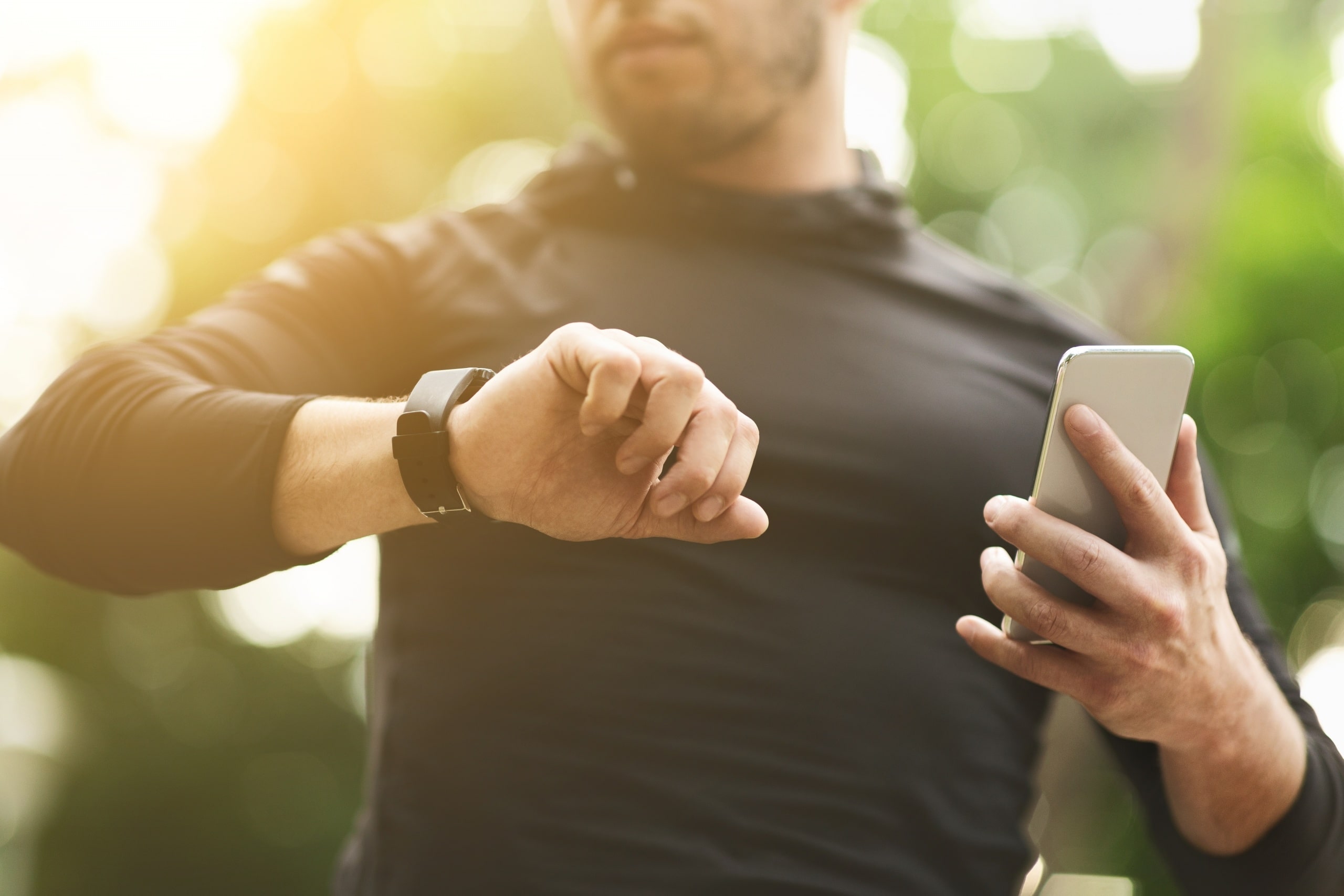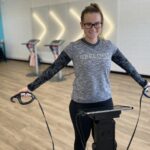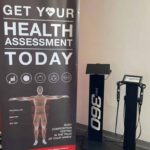
Tracking Body Measurements: It’s all about progress, not perfection and let’s face it – standing on a set of bathroom scales daily, weekly or fortnightly is 100% loathsome. And not just because it’s frustrating when the numbers don’t move, but because that system of measurement is completely outdated and doesn’t reveal how healthy you actually are.
We love sharing amazing transformation stories of everyday people who have achieved incredible results through sheer will and determination, and when you read through them you’ll notice they all share a singular commonality – they each keep track of their progress.
So what are some of the best ways you can do that too? There are a few different resources and tools you can use, but it’s up to you which one you think will work best for you.
Tracking Along with Trackers and Apps
Dedicated fitness trackers like sports watches can help you move more, sleep better and improve your overall health. But sometimes they can be a little out of our budget, so one of the best ways to get started is by downloading an app that counts your steps as well as all those calories burnt. This requires absolutely no investment, and is perfect for those starting their health and fitness journey.
Pros
- You can set your notification settings in your app of choice to remind you to be active when it takes notice you’ve been immobile for too long.
- Many apps allow you the ability to connect with friends and family who also have the app, so you’re more likely to achieve your goal when surrounding yourself with like-minded people who can support you.
- You can set individual goals and programs in most fitness trackers and apps.
Cons
- The bottom line is that apps are great at counting steps when you carry your smartphone in your pocket while walking, but a large number of the population don’t do that. The step count is likely to be less than a hip or ankle pedometer you’d wear.
- It’s easy to judge ourselves when we become fixated on constantly beating our personal bests from previous days.
Work The Camera, Work It!
As much as you might dislike the thought of having your picture taken, the differences you’ll see in before and after photos can motivate you to even higher end goals. They say a picture is worth a hundred words, and when it comes to progress this is a great way to get a visual reminder of how far you’ve come.
Pros
- Pictures add valuable and honest visual elements to your results, giving you a better idea of how your body is looking.
- Before and after photos make for an amazing transformation story, and you will not only be improving your life, but you may make an impact on someone else’s.
Cons
- Unfortunately, it can be quite easy to fake a before and after series of photos, so what you see from others may not necessarily be true.
- Taking shots from certain angles may be deceiving, so it’s important to take pictures in the same light at the same time of day at the exact same angle as previously.
- Day-to-day changes are difficult to measure.
A Pinch and A Punch For Your Skinfolds
Measuring skinfolds for determining body fat percentages is one of the oldest and most common methods of determining your body composition, but the numbers are estimates – mostly because they require a bit of mathematics, and accuracy depends on the quality of calipers.
Pros
- A set of skinfold calipers may only set you back a few dollars, so the investment is minimal, but you’re still expected to pay a few hundred dollars for ones that are the most accurate and durable.
- You can do your skinfold measurements in the comfort of your own home.
Cons
- Since using the calipers can be difficult, skinfold measurements may not be the best choice for assessing fat percentages.
- Skinfold testing is becoming somewhat of an ancient art form, with most personal trainers today using electrical impedance methods (like the Evolt 360 body composition analyzer).
Body Measurements Via Tape Measure
How can you know if you’re making progress if the changes are happening but you can’t measure them and the scale isn’t moving? Knowing your scale weight is useful, but it doesn’t provide a whole picture. Taking body measurements with a simple tape measure is something everyone can do, and doesn’t require any fancy equipment.
Pros
- Taking your measurements can help reassure you that things are happening, even if you’re not losing fat exactly where you want to just yet.
- It’s the cheapest method used to determine body composition with tape measures sold for as little as $2.
- Measurements can tell you which muscle groups are responding to your fitness regime and which ones need to be attacked in a different way.
Cons
- If you’re not knowledgeable on the exact anatomical sites for each measurement, the reliability of those numbers decreases.
- Girth measurements can fluctuate depending on fluid retention and changes in glycogen content.
- A tape measure is unable to tell you the difference between fat gain/fat loss versus muscle gain/muscle loss.


